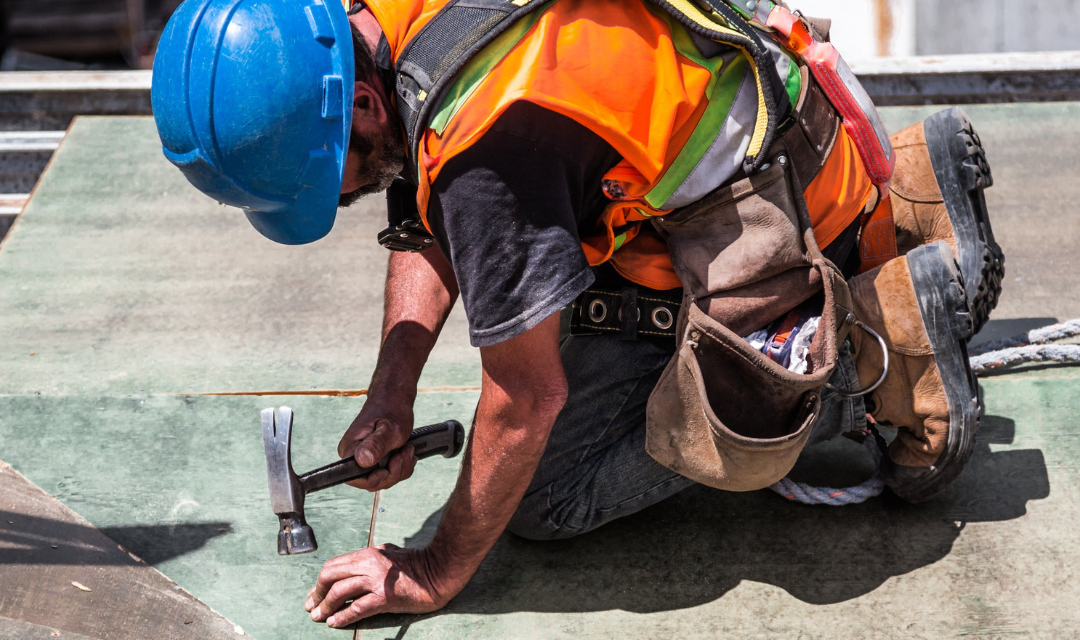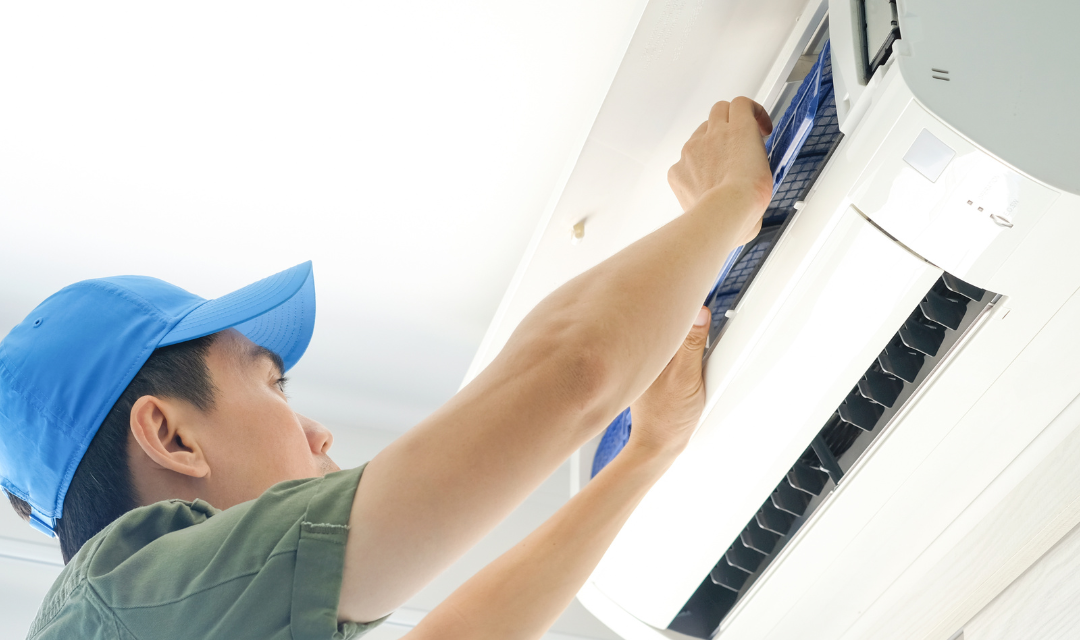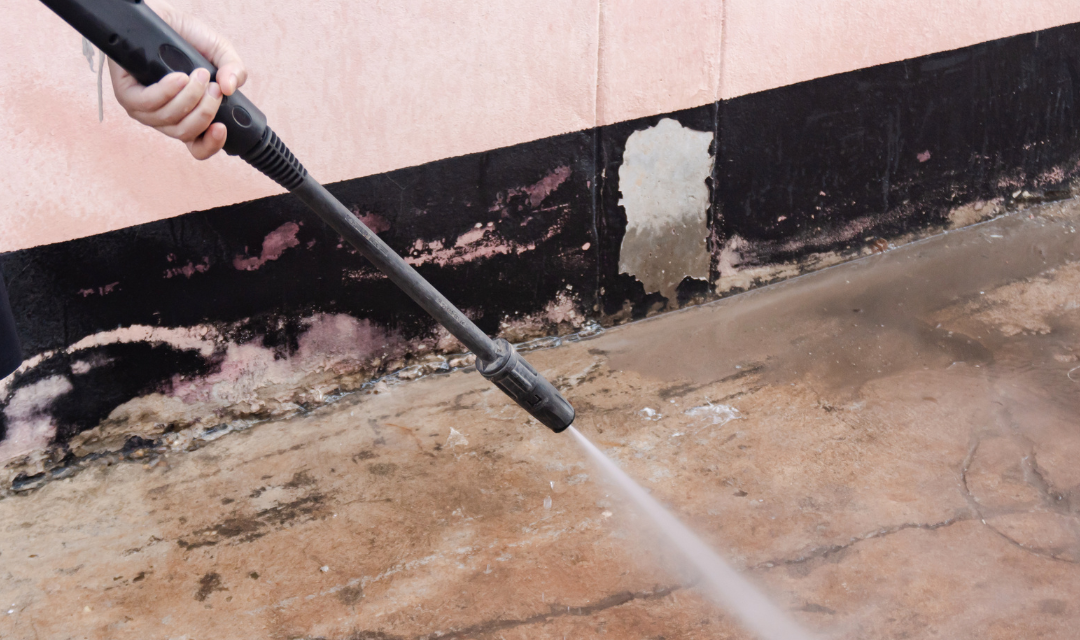
Planning to remodel your kitchen or bathroom? Whether you’re a homeowner looking to enhance your space, a DIY enthusiast tackling a new project, or a contractor seeking to streamline your designs, this guide covers everything you need to know. From selecting the right materials to optimizing functionality, we’ve broken down the essential considerations to help you create spaces that are both stylish and functional.
Design for Style and Functionality
When starting your remodel, focus first on the overall design.
- Prioritize Functionality: Think about how the space is used daily. For kitchens, the layout should support efficient workflows like the “kitchen triangle” (sink, stove, refrigerator). For bathrooms, ensure the fixtures are placed for ease of use.
- Timeless Style: Choose a design that will stand the test of time rather than following fleeting trends. Neutral colors, clean lines, and classic materials often retain their appeal longer.
- Top-Down Approach: Design from the top down. Start with the ceiling, move to the walls, and then to the flooring. This ensures a cohesive look and prevents oversights.
Choose High-Quality Materials
The materials you select can impact durability, appearance, and overall satisfaction.
- Style Matching: Select materials that fit the aesthetic of the space. For example, quartz or marble countertops are sleek for modern kitchens, while natural wood cabinetry works well in traditional designs.
- Functionality and Installation: Don’t forget the foundational aspects—plumbing, electrical systems, and utilities. Ensure your chosen materials work within the space’s technical requirements.
- Flooring and Paint: Choose durable and waterproof flooring for kitchens and bathrooms. Opt for moisture-resistant wall paints in bathrooms, especially in high-humidity areas.
Upgrade Appliances
Well-selected appliances can boost both functionality and efficiency.
- Match Your Style: Ensure new appliances align with the design of the space. Sleek stainless steel and integrated appliances work well in modern kitchens, while vintage-inspired models may suit a farmhouse vibe.
- Plan for Utilities: Confirm that plumbing, gas lines, and electrical systems can support the new appliances. For example, a kitchen vent hood will need proper ventilation setup, and an induction cooktop may require updated wiring.
Maximize Storage
A well-organized space looks cleaner and operates more smoothly.
- Add Storage Solutions: Install cabinets that reach ceiling height in kitchens to maximize utility. For bathrooms, floating shelves or storage above the toilet can add space without sacrificing design.
- Declutter: Smart storage makes kitchens and bathrooms feel less cluttered and more open—consider pull-out shelves, drawer organizers, and built-in trash compartments.
Improve Energy Efficiency
Energy efficiency isn’t just about saving the planet—it also lowers utility costs.
- Upgrade Appliances: Energy Star-rated appliances reduce energy consumption and water waste.
- Efficient Lighting: Choose LED lighting for long-lasting, energy-efficient brightness—perfect for cooking or applying makeup.
- Proper Ventilation: Kitchens and bathrooms both need good ventilation to prevent mold and remove odors. Invest in quality exhaust fans to maintain air quality.
Other Key Considerations
Some additional points can help ensure your remodel runs smoothly.
Plan Your Budget
Budgeting is one of the most important steps in any remodel. Here’s how to do it right:
- List Priorities
Decide what matters most. Is it more storage? Luxury finishes? A new shower? Prioritize these items in your budget.
- Break It Down
Divide your budget across categories such as materials, labor, and unexpected costs. Cabinets, countertops, and flooring often consume the largest portion of the budget.
- Keep Extras in Check
Stick to your budget by avoiding unnecessary add-ons that can inflate costs quickly.
- Account for Hidden Costs
Be prepared for the unexpected, such as plumbing fixes, faulty wiring, or mold issues. We recommend adding an additional 10–15% to your budget as a contingency fund.
- Assess ROI
Consider the value your remodel will add to your home. Kitchen remodels typically offer higher return on investment compared to other renovations, so keep that in mind as you allocate funds.
Work with a Contractor
Building a strong relationship with your contractor can be the difference between a smooth project and one riddled with stress.
- Find the Right Fit: Look for a contractor experienced in kitchen and bath remodels, with excellent reviews and clear communication.
- Set Clear Expectations: Be upfront about your timeline, budget, and goals for the project.
- Collaborate: Good contractors can offer valuable advice on materials, staying within budget, and improving design efficiency.
Manage Your Timeline
Remodels often take longer than expected. Factor in extra time to accommodate delays in material delivery, labor availability, or unplanned repairs. Being flexible will keep your project on track and stress-free.
Final Thoughts
A kitchen and bath remodel is a worthwhile investment for both your home and lifestyle. By focusing on timeless design, quality materials, functional upgrades, and proper budgeting, you can create spaces that enhance your daily life and increase your home’s value.
Still feeling overwhelmed? Our expert team of interior designers and remodel specialists is here to help! Contact us today to discuss your project and bring your vision to life.
continue reading
Related Posts
Curabitur aliquet quam id dui posuere blandit mauris blandit aliquet elit.
Curabitur aliquet quam id dui posuere blandit mauris blandit aliquet elit.
Curabitur aliquet quam id dui posuere blandit mauris blandit aliquet elit.




